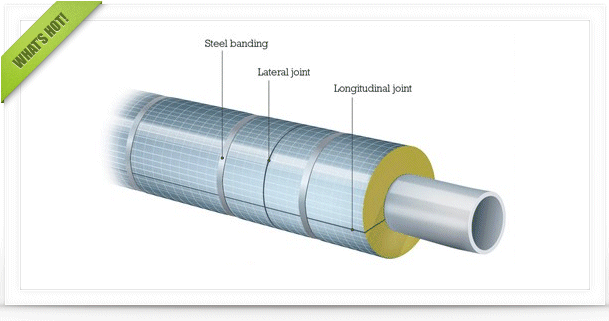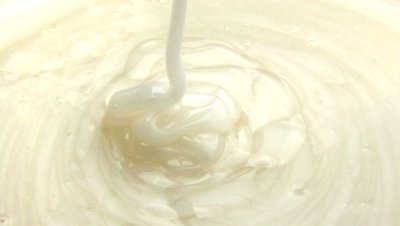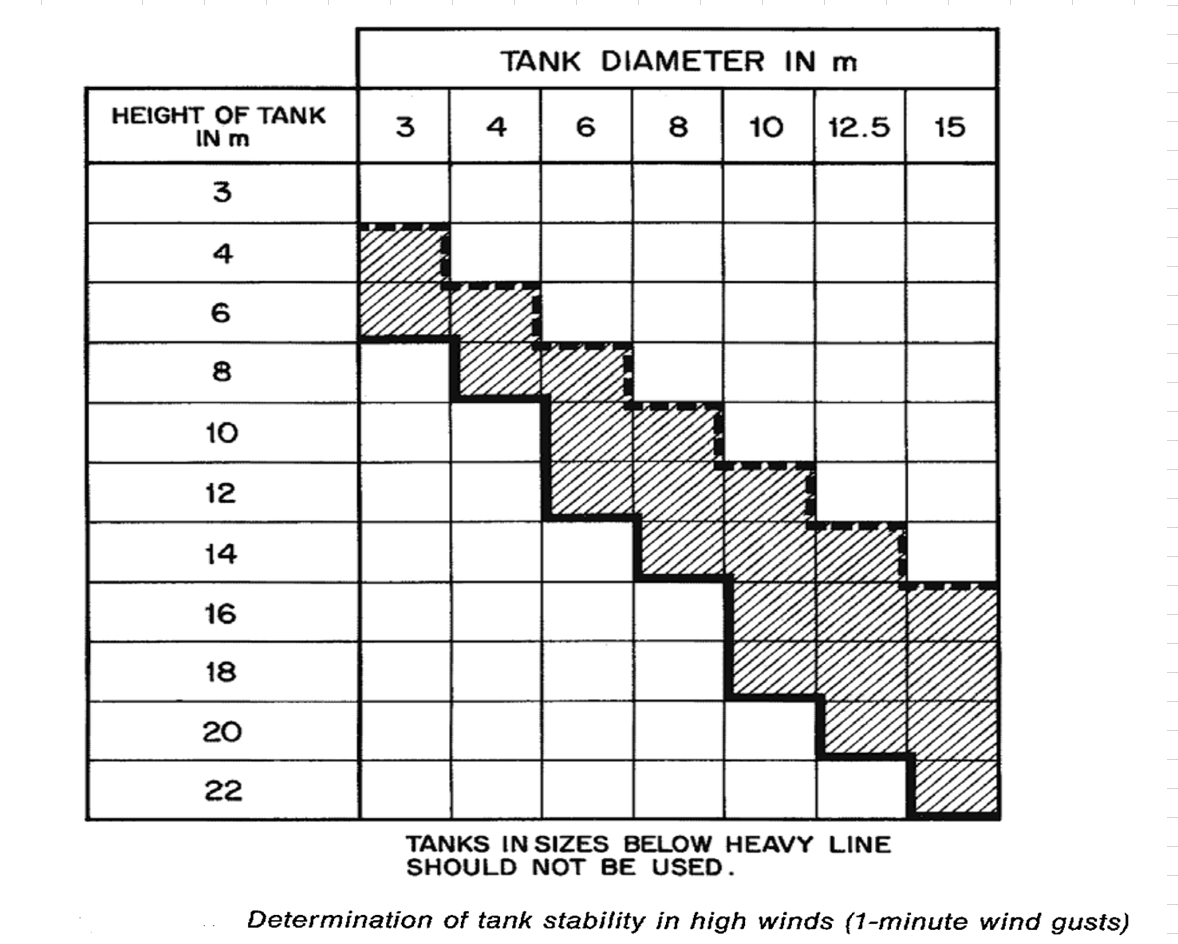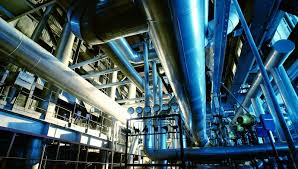Dear Members,
We have 3 centrifugal pumps, each of capacity 2800 m3/h and head 55 meters. These 3 running pumps supply cooling water to plant A, B and C. PLant A has flow of 3500 m3/h, plant B has 3100 m3/h and plant C has 1150 m3/h.
We are getting the pressure of 5.5 barg at the plant C.
Plant C equipment design pressure is 3.6 barg.
Hence we are installing a pressure control valve to bring the pressure down to 3 barg at 1150 m3/h flow before plant C.
We are considering a pressure safety valve downstream of the pressure control valve which will safeguard against pressure control valve failure. Fail-Safe position of the pressure control valve is fail to hold.
What should be the relief capacity of the pressure safety valve such that pressure does not increase to more than 3.6 barg in case of PCV fail opens (Worst Case).
As I think the full flow of 1150 m3/h does not need to be discharged. The cooling water line size is 400 NB.
Thanks
Megh
|
|

Query For Safety Valve Relief Capacity
#1

Posted 09 August 2024 - 06:30 AM
#2

Posted 09 August 2024 - 08:15 AM
Dear Members,
We have 3 centrifugal pumps, each of capacity 2800 m3/h and head 55 meters. These 3 running pumps supply cooling water to plant A, B and C. PLant A has flow of 3500 m3/h, plant B has 3100 m3/h and plant C has 1150 m3/h.
We are getting the pressure of 5.5 barg at the plant C.
Plant C equipment design pressure is 3.6 barg.
Hence we are installing a pressure control valve to bring the pressure down to 3 barg at 1150 m3/h flow before plant C.
We are considering a pressure safety valve downstream of the pressure control valve which will safeguard against pressure control valve failure. Fail-Safe position of the pressure control valve is fail to hold.
What should be the relief capacity of the pressure safety valve such that pressure does not increase to more than 3.6 barg in case of PCV fail opens (Worst Case).
As I think the full flow of 1150 m3/h does not need to be discharged. The cooling water line size is 400 NB.
Thanks
Megh
Hi,
Isn't the equipment in plant C equipped with PSV to protect it against overpressure?
If it's equipped with PSV, it might the PSV has been considered after PCV to protect the line after it to the equipment not the equipment itself. Please clarify...
Fail safe position: Fail to hold; do you mean fail in last position?
#3

Posted 09 August 2024 - 10:37 PM
Fail Safe position is Fail in last position
Cooling water return line has separate PSV, but that is for thermal relief, not pressure relief
I want to know what flowrate should this PSV after the PCV release so that pressure does not exceed 3.6 barg.
If Full Cv flow of the PCV is considered ( 1150 m3/h), this does not make any sense as no flow to plant C automatically means no pressure.
So there must be some flow less than 1150 m3/h that relives from the PSV enough energy such that even if the inlet pressure goes upto 5.5 barg, the pressure to plant C remains 3.6 barg or less
Any guidelines for that relief flowrate value?
#4

Posted 10 August 2024 - 07:19 AM
You will have to make the scenario assumptions and do the fluid flow calculations. There is no guideline.
#5

Posted 10 August 2024 - 07:43 AM
We are getting the pressure of 5.5 barg at the plant C.
Plant C equipment design pressure is 3.6 barg.
Hence we are installing a pressure control valve to bring the pressure down to 3 barg at 1150 m3/h flow before plant C.
If plant C has 5.5 barg water in normal operation, then reducing the inlet pressure to 3 barg will reduce the water flow rate considerably.
It sounds like you need someone competent to a) evaluate overpressure scenarios b ) understand fluid flow and perform hydraulic calculations c) design process equipment for the plant conditions.
No pressure relief is needed until equipment or piping reach its Maximum Allowable Working Pressure (MAWP). This is a specific value for each piece of equipment and is usually higher than the 'design pressure' required by the process designer.
The cooling water pressure in plant C will vary according to the equipment location in the hydraulic network, elevation, and piping.
Edited by Pilesar, 12 August 2024 - 07:12 AM.
#6

Posted 12 August 2024 - 03:37 AM
Latexman,
How to perform fluid hydraulic calculation, thats the main question?
Any suggestions?
#7

Posted 12 August 2024 - 05:10 AM
How to perform fluid hydraulic calculation, that's the main question? Any suggestions?
For decades, I've followed Crane Technical Paper No. 410 to develop and perform fluid flow calculations. If you do not have TP 410, I'd recommend buying a copy, going through the errata on the website and marking up your copy, and then using it. Btw, my company reimbursed me it.
There are other resources, but TP 410 "clicked" with me many years ago and I became familiar with it. Maybe others will share their experience.
Similar Topics
Ditance Between Globe Valve And Ball ValveStarted by Guest_sima-f_* , 05 Jan 2025 |
|

|
||
Relief Vs BernoulliStarted by Guest_JanPau_* , 16 Dec 2024 |
|

|
||
Fire Relief Case - Relieving TemperatureStarted by Guest_alexzo1990_* , 06 Nov 2024 |
|

|
||
Pump Dischrge Control Valve SizingStarted by Guest_Lyne_* , 04 Jun 2024 |
|

|
||
Relief Rate On Heat Exchanger Downstream LineStarted by Guest_fmalik_* , 09 Sep 2024 |
|

|

 FB
FB








